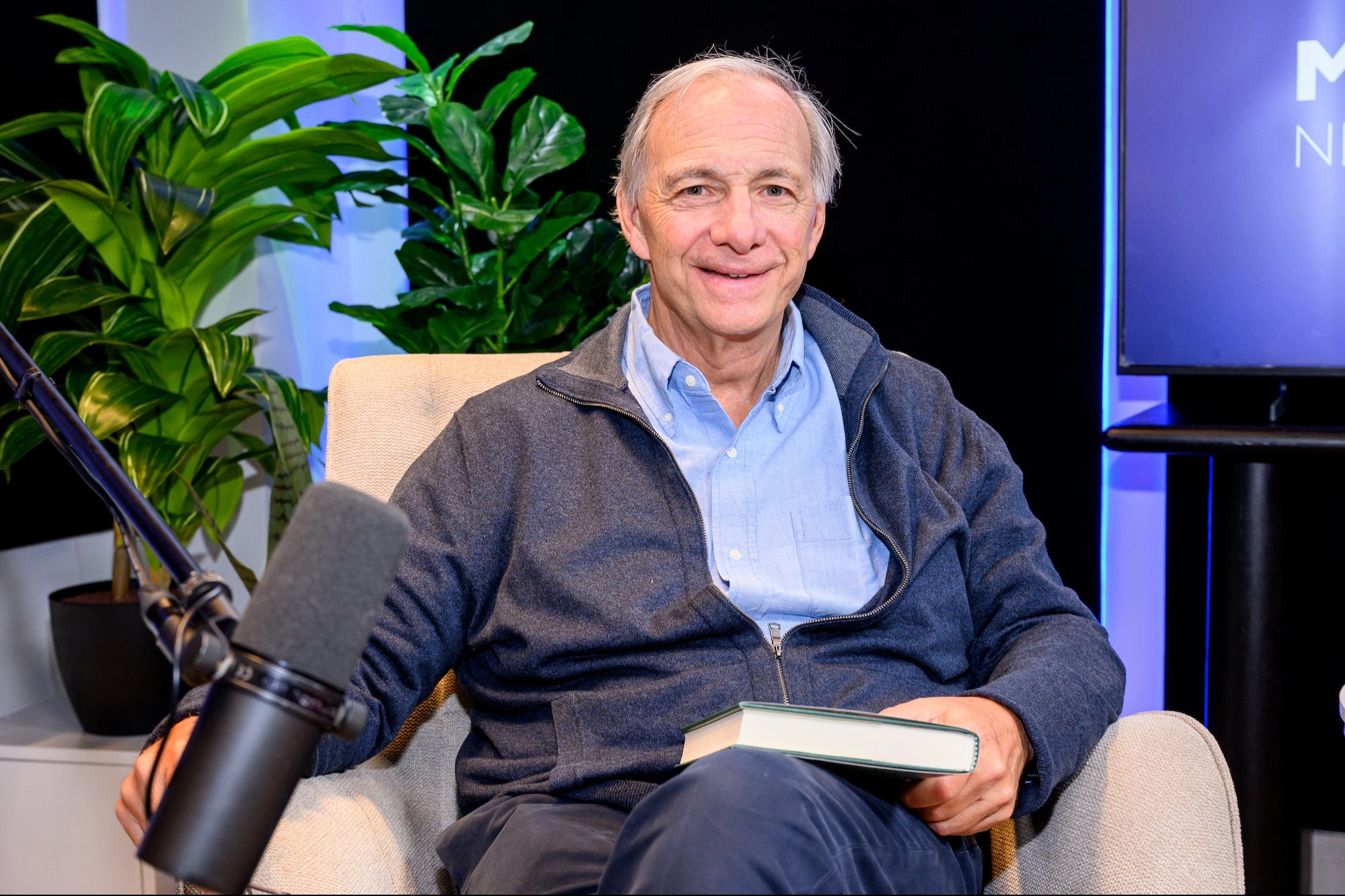Building a Brand vs. Paid Acquisition: Which Is Best For Your Business? Here's What You Should Know. Learn how to build a strong brand and a loyal customer base.
By Omri Hurwitz Edited by Chelsea Brown
Opinions expressed by BIZ Experiences contributors are their own.
Paid acquisition refers to the various methods businesses use to acquire customers, including paid advertising and sponsored content. While these practices can be a quick and easy way to bring in new clients, they can also be costly, particularly for startups with limited funds. As an organization continues to pay for new customers, its customer acquisition cost (CAC) increases, making it harder to grow the business efficiently.
An alternative approach is to focus on building a strong brand and implementing product-led growth strategies, which can help attract new customers through recommendations and organic growth. By combining both paid acquisition and brand and product-led growth strategies, companies can balance the cost of customer acquisition with organic growth, resulting in a more sustainable and efficient way of growing the business.
But how do you build a brand and turn it into a solid, bulletproof strategy? Let me explain:
Related: 5 Strategies You Need to Build Your Brand
What makes up a strong brand?
A strong brand is more than just an appealing logo or a memorable tagline. It's the emotional and functional relationship a customer has with a business.
Building a strong brand means creating a consistent and authentic message that resonates with your target audience. This includes everything from your website design and content to the way you interact with your customers. Through this strategy, businesses can create a loyal customer base that is more likely to recommend their products or services to others.
Product-led growth strategies are another way to achieve sustainable and cost-effective growth. This approach refers to a business model where the product is the primary driver of customer acquisition, engagement and retention. By creating a product that is easy to use, valuable and delivers a great experience, organizations can attract and retain customers without the need for expensive acquisition channels.
One way to implement product-led growth is through freemium models, where businesses offer a basic version of their product for free and charge for additional features or services. This allows businesses to attract a large number of users, many of whom will eventually convert to paying customers. Another way is through the use of customer feedback and data to continuously improve and evolve the product to meet the needs of the target audience.
Effective leaders know that building a strong brand helps businesses differentiate themselves from competitors and create a unique identity in the market. For one, a strong brand makes it easier for customers to identify and remember a business, which can lead to increased brand loyalty and repeat business. Additionally, it helps companies command a higher price for their products or services, as customers are willing to pay more for a brand they trust and perceive as high-quality. Most importantly, it helps build trust and credibility with clients, which can be especially valuable for businesses operating in industries with a lot of competition or those that are new to the market.
The key to long-term success is finding a balance between paid acquisition and other growth strategies. It's important to always be testing and evaluating the effectiveness of your acquisition channels to ensure you're getting the best return on investment for your business. For example, if your CAC is increasing, and your return on investment is decreasing, it may be time to re-evaluate your paid acquisition strategy and invest more in building a strong brand and implementing product-led growth strategies.
Related: Branding Basics – How To Build a Stellar Brand from Scratch
A closer look: building a brand vs. paid acquisition
Building a brand is more important than paid acquisition for a few reasons. Firstly, a strong brand creates a loyal customer base that is more likely to recommend products or services to others. This can lead to organic growth and word-of-mouth promotion, which can be more cost-effective and sustainable than paid acquisition.
Secondly, a strong brand can help a business stand out from the crowd and create a superior identity in the minds of customers. Paid acquisition, on the other hand, can be easily replicated by competitors and may not create the same level of differentiation.
Thirdly, a strong brand ignites customer loyalty, which is crucial for long-term success. Paid acquisition can bring in new customers quickly, but if the business does not have a strong brand, those customers may not return or recommend the business to others.
Finally, building a strong brand is a long-term investment, whereas paid acquisition is often a short-term solution. A strong brand can continue to drive growth and create value for a business over time, whereas paid acquisition may only provide temporary results.
Building a strong brand and implementing product-led growth strategies are essential for achieving sustainable and cost-effective growth for any business. While paid acquisition can be a quick fix for bringing in new customers, it can quickly become a costly addiction. By finding a balance between paid acquisition and other growth strategies, businesses can achieve long-term success and get off the paid acquisition treadmill. By focusing on building a strong brand and creating a valuable product, businesses can attract and retain customers without the need for expensive acquisition channels.
Related: 5 Ways to Build Customer Relationships and Brand Loyalty












